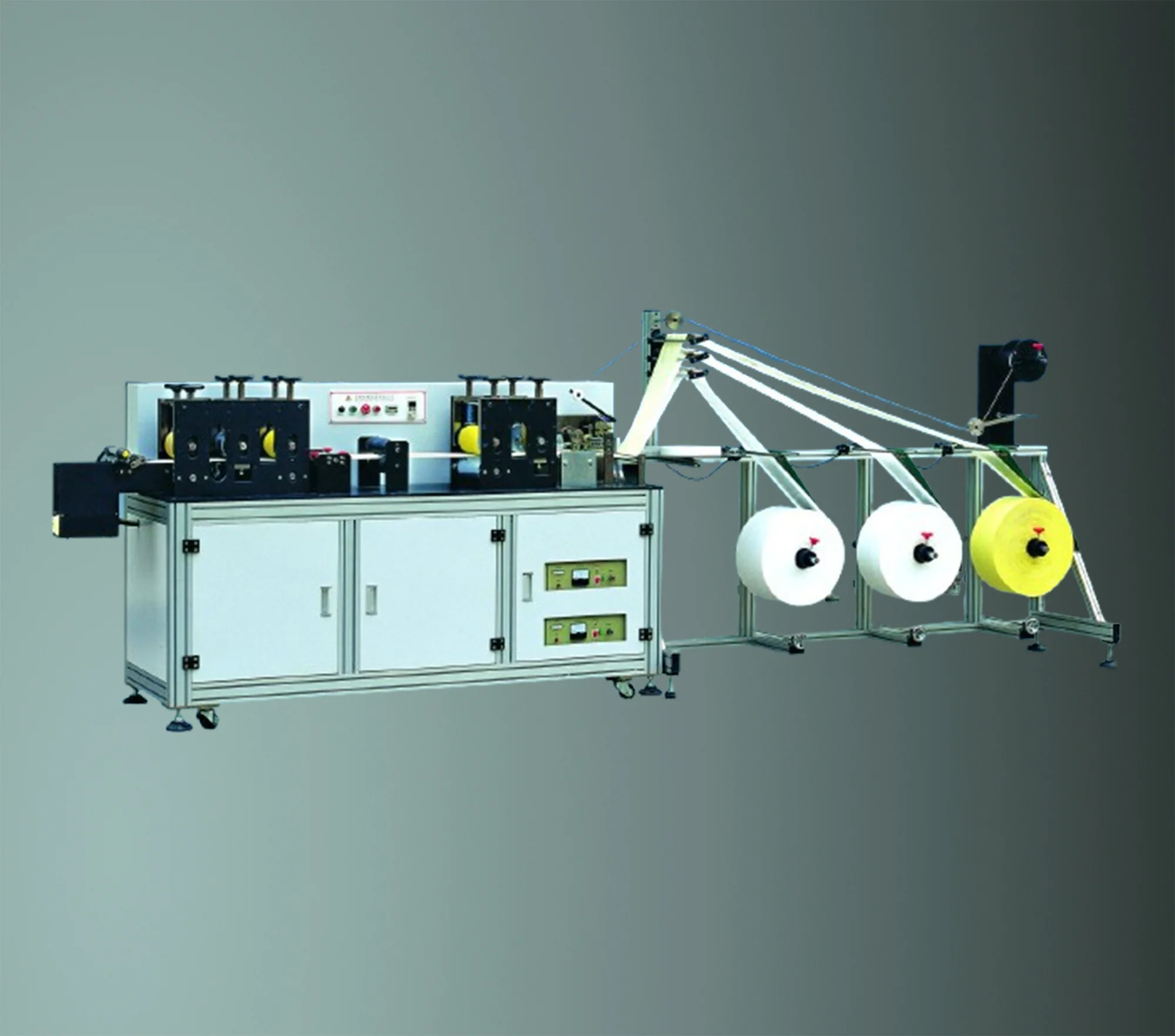- This topic is empty.
-
AuthorPosts
-
2025-07-28 at 3:40 pm #4260
In today's fast-paced world, whether used in medical settings, public transportation, or personal environments, the humble flat mask plays a vital role in protecting people from airborne particles and viruses.
But have you ever wondered how these masks are actually made? The journey from raw material to finished product is a precise and highly automated process — one made possible by sophisticated machinery known as flat mask machines.
In this article, we’ll take a deep dive into how flat mask machines work and spotlight Broadfair Automation Equipment Co., Ltd., a leading high-tech enterprise that integrates research and development, manufacturing, and sales to deliver cutting-edge solutions in the mask production industry.
Understanding the Flat Mask
Before diving into the machine process, it’s important to understand what a flat mask is.
A standard flat (disposable surgical-style) mask typically consists of:
Three layers of non-woven fabric: an outer protective layer, a middle filtration layer (melt-blown), and an inner comfort layer.
A nose bridge strip: to shape the mask around the nose.
Elastic ear loops: to secure the mask to the wearer’s face.
Each component is essential — and each is precisely assembled using automated technology.

How Flat Mask Machines Work: A Step-by-Step Breakdown
Flat mask machines are designed to automate the entire mask production process from start to finish. Here’s how it all happens:
1. Material Feeding
The production begins by loading rolls of non-woven fabric (outer, middle, and inner layers) onto the feeding system. These layers are automatically aligned and guided into the machine through tension control mechanisms.
Broadfair Automation Equipment Co., Ltd. has developed intelligent material feeding systems that ensure accurate alignment and minimize material waste — a critical factor in large-scale manufacturing.
2. Layer Bonding & Nose Clip Insertion
Once the layers are fed into the machine, they are bonded together using ultrasonic welding — a method that joins materials through high-frequency vibration without the need for adhesives or heat.
Simultaneously, the machine inserts the nose bridge wire between the layers. This wire helps the mask conform to the user's face for a better seal and comfort.
Broadfair’s machines feature high-precision ultrasonic welding units, designed and improved through in-house R&D, to ensure consistent bonding without damaging the fabric.
3. Mask Shaping and Cutting
After lamination, the material sheet is cut into individual masks using precision rotary cutters. The machine ensures each mask is cut to exact dimensions, ready for the next stage of assembly.
4. Ear Loop Welding
Next, the ear loops are attached to each side of the mask. This step is also performed using ultrasonic welding, where elastic bands are automatically cut and welded in place. Advanced machines use multiple welding heads to speed up this process.
Broadfair Automation’s flat mask production lines are capable of producing up to 150 masks per minute, with options for both inner and outer earloop welding, depending on the desired mask style.
5. Finished Mask Output and Collection
Once complete, the finished masks are conveyed out, automatically stacked, counted, and prepared for packaging. Some machines can even be integrated with automatic packaging systems for a fully streamlined process.
Why Choose Broadfair Automation Equipment Co., Ltd.?
As a national high-tech enterprise, Broadfair Automation Equipment Co., Ltd. stands out in the field of intelligent manufacturing. The company combines research and development, production, and sales, offering complete solutions for automated mask production and other automation equipment.
What Sets Broadfair Apart?
Strong R&D Capabilities: Broadfair’s dedicated engineering team continuously develops new technologies to enhance equipment performance and adaptability.
Complete Production Lines: From raw material handling to packaging, Broadfair offers fully automated systems tailored to client needs.
Global Service Network: Broadfair supports clients around the world with responsive after-sales service and technical support.
Customizable Options: Machines can be configured based on mask type (surgical, flat, KF94, etc.), earloop style, and capacity requirements.
Whether you're a startup entering the PPE industry or a large-scale manufacturer looking to upgrade production lines, Broadfair provides robust, efficient, and scalable solutions.
Conclusion
The production of a flat face mask may seem simple at first glance, but behind every mask lies a highly engineered process driven by advanced machinery. Flat mask machines play a crucial role in turning raw materials into protective, wearable products — with speed, precision, and consistency.
Thanks to industry innovators like Broadfair Automation Equipment Co., Ltd., manufacturers around the world are equipped with the tools to meet rising demands for personal protective equipment. With a commitment to innovation, quality, and customer satisfaction, Broadfair is helping shape the future of smart manufacturing in the healthcare and personal safety sectors.
How to Choose the Right Flat Mask Machine for Your Factory
http://www.broadfairmachine.com
Broadfair Automation Equipment Co., Ltd. -
AuthorPosts
- You must be logged in to reply to this topic.